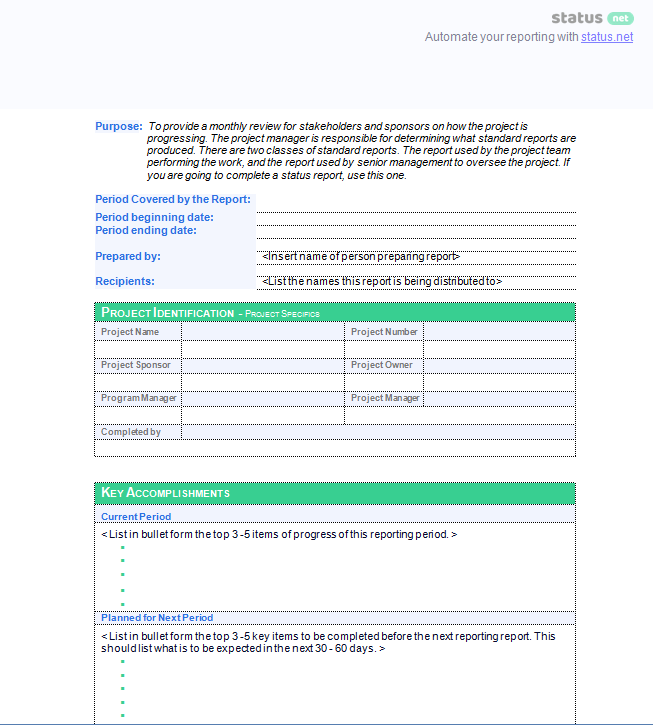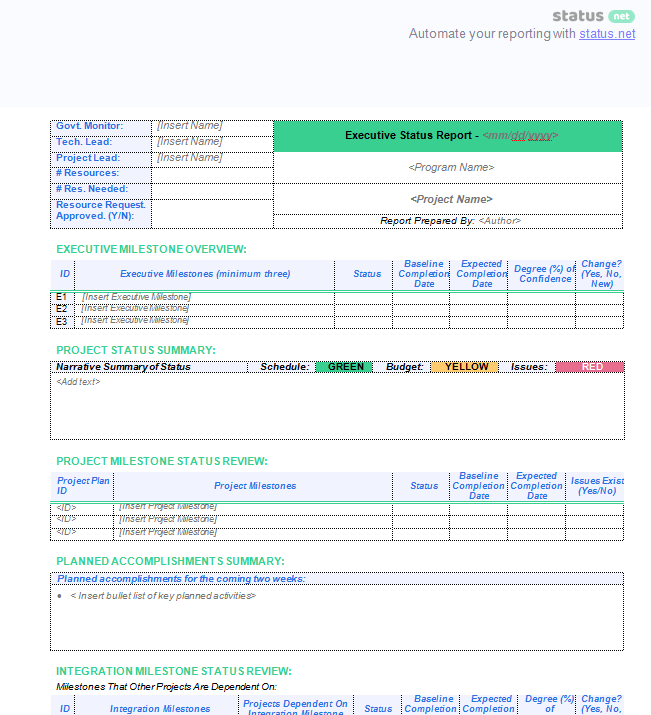Powerful and Effective Executive Summary [Free Template]
Questions to Ask Yourself Before Starting to Craft an Executive Summary
When preparing an Executive Summary, be guided by the following:
- Who will read it? It is important to remember that the reader of the Executive Summary should be able to find all the necessary information they need to know about the project. There shouldn’t be a need to read all the other reports. Even if the executive does read all the reports and other documents pertaining to the project, the Executive Summary should stand out on its own.
- What is the main point? Try to come up with two to three sentences summarizing what the project is all about. It’s just like when someone asks you what the report is about and you try to answer the question in only a few sentences.
- What is the purpose of the project? Briefly discuss the purpose of the project—whether it is to launch a new campaign, develop a new policy, conduct a survey or research, or test a product, etc.
- If there are too many sections in other reports, which ones among those points are crucial to the understanding and appreciation of the project? Depending on their purpose, other types of project reports contain too many details, even if these are arranged into topics and subtopics. Some of these subjects or subtopics may not really be necessary if you only need to provide a summary of the project. Eliminate those which may not be needed immediately, and also any other information that will not affect the understanding and appreciation of the project if left out.
- What is the recommended course of action, if any? This part may be one of the most important points of the project and must also be highlighted in the Executive Summary. Briefly, but concisely, discuss the recommendations for the project based on its results and key findings.
- What are the benefits or consequences of this recommended courses of action? This is the other section that the readers will deem most valuable. This will enable decision makers to decide whether to accept the recommendations based on the project’s results and findings, or not. There is a limitation of how much can be discussed in an Executive Summary report. This means that it is important for the writer of the report to capture the essence of the entire project in a just few sentences without losing its value. In this section, the benefits that the organization will derive from the recommended courses of action, and its impacts, both positive and negative should be clear.
5 Crucial Parts of an Executive Summary
Project Summary
Background
Process
Results and Conclusions
Recommendations
Common Pitfalls in Writing an Executive Summary
- Though it still needs to be as comprehensive as possible, providing too many details defeats the purpose of an Executive Summary. Specific details belong to other types of project report.
- Using terms in the Executive Summary which are different from those employed in other reports about the same project is confusing. As much as possible, observe uniformity by using the same terms and concepts used in other reports.
- Mismatching contents will also generate confusion. The Executive Report should have the same information as other reports, and the major points of the rest of the reports should also be reflected in the Executive Summary.
Executive Project Report
An Executive Project Report should include what the team is doing at the time of the report, the most tangible result or output so far, the major risks associated with the project, and what the executive can do for the project (e.g. decisions to be made, approvals needed, interventions).
Here are some points to take note:
Concentrate on the most important details
Be straight to the point
Do not forget about project milestones
Executive Summary: Free Download


Additional Sources
- How to Write an Executive Status Report (Easy!) + Free Templates
- A Very Handy Project Summary Report + Free Template Download



